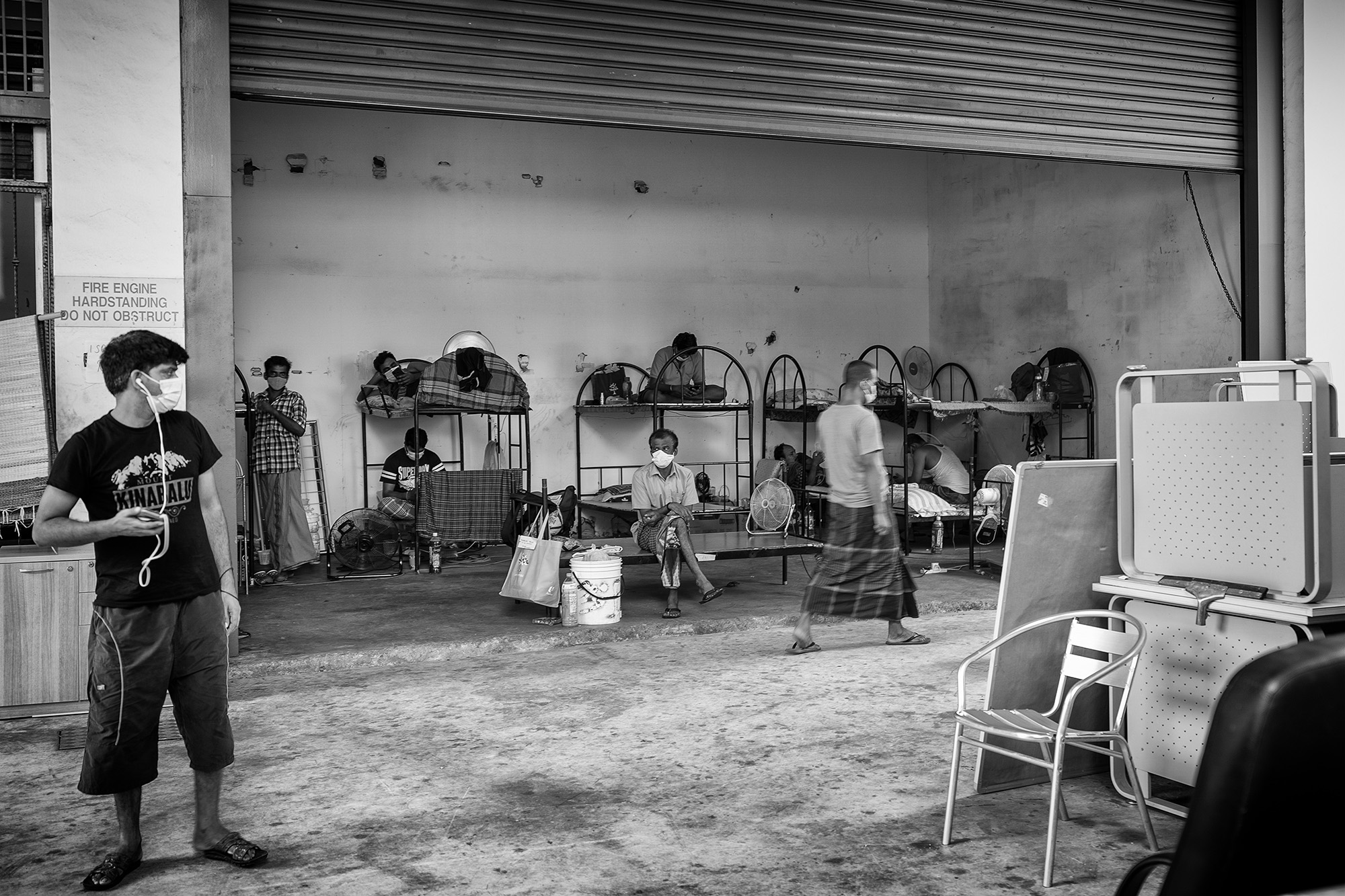The differences are night and day!! When Severe Acute Respiratory Syndrome (SARS) hit Singapore 17 years ago in 2003, I was a young photographer, just a couple of years out of journalism school and ready to take on the world. A few like-minded individuals and I felt that all the photographic coverage at the time was by the mainstream media which consisted mostly of scenes outside hospitals where there were lines of people getting their temperatures taken and healthcare workers in PPE screening them. We felt that no one had any idea what was going on in the hospitals and we appealed, through the National Museum of Singapore (then known as the Singapore History Museum) to work on documenting the fight against SARS from the frontlines, specifically in the ICU ward of Tan Tock Seng Hospital, Singapore’s designated SARS hospital. This culminated with a book and an exhibition at the museum.
Fast forward to 2020, and I am married with a family of 4 children, and have a lot more on the line. Having moved my practice away from photojournalism to focus more on commercial photography to feed the abovementioned brood, I have to say that my first instinct was to jump back into the fray to document how this new virus was affecting Singapore. However, a long and hard discussion with my better half made me realize that I was no longer in my 20s, and have a lot more responsibilities now. So for the first couple of weeks of lockdown, I focused on documenting my family coping during this period, as well as scenes of utter desolation in previously crowded places during bicycle rides for exercise.
After three weeks, the frustration of not being able to document anything meaningful was given an outlet when I was offered the chance to accompany the Crisis Relief Alliance, a local NGO consisting of medical professionals and volunteers, on their needs assessment rounds at Factory Converted Dormitories (FCDs) where a large number of Singapore’s migrant worker population are housed. Compared to Purpose Built Dormitories, the FCDs are mostly scattered around industrial estates and don’t have the proper infrastructure.
To give the material from this coverage a proper outlet, three friends and I started What Are You Doing Singapore (www.whatareyoudoing.sg), with the mission to tell stories of people doing positive things, a stark contrast to the negative tone in most media outlets.
During the course of working on stories for WAYD.SG, I also had the opportunity to photograph frontline healthcare workers at the largest hot zones, as well as the gamut of COVID-19 related stories from all angles. While this was not as targeted as my SARS coverage, I feel that covering COVID-19 this way afforded me a much better understanding of the many different ways that people were dealing with and helping others during this difficult time.
Logistically speaking, covering COVID -19 could not be more different than covering SARS. There are a lot more sensitivities this time around, and there were a lot more restrictions when photographing medical procedures and facilities than I remember.










